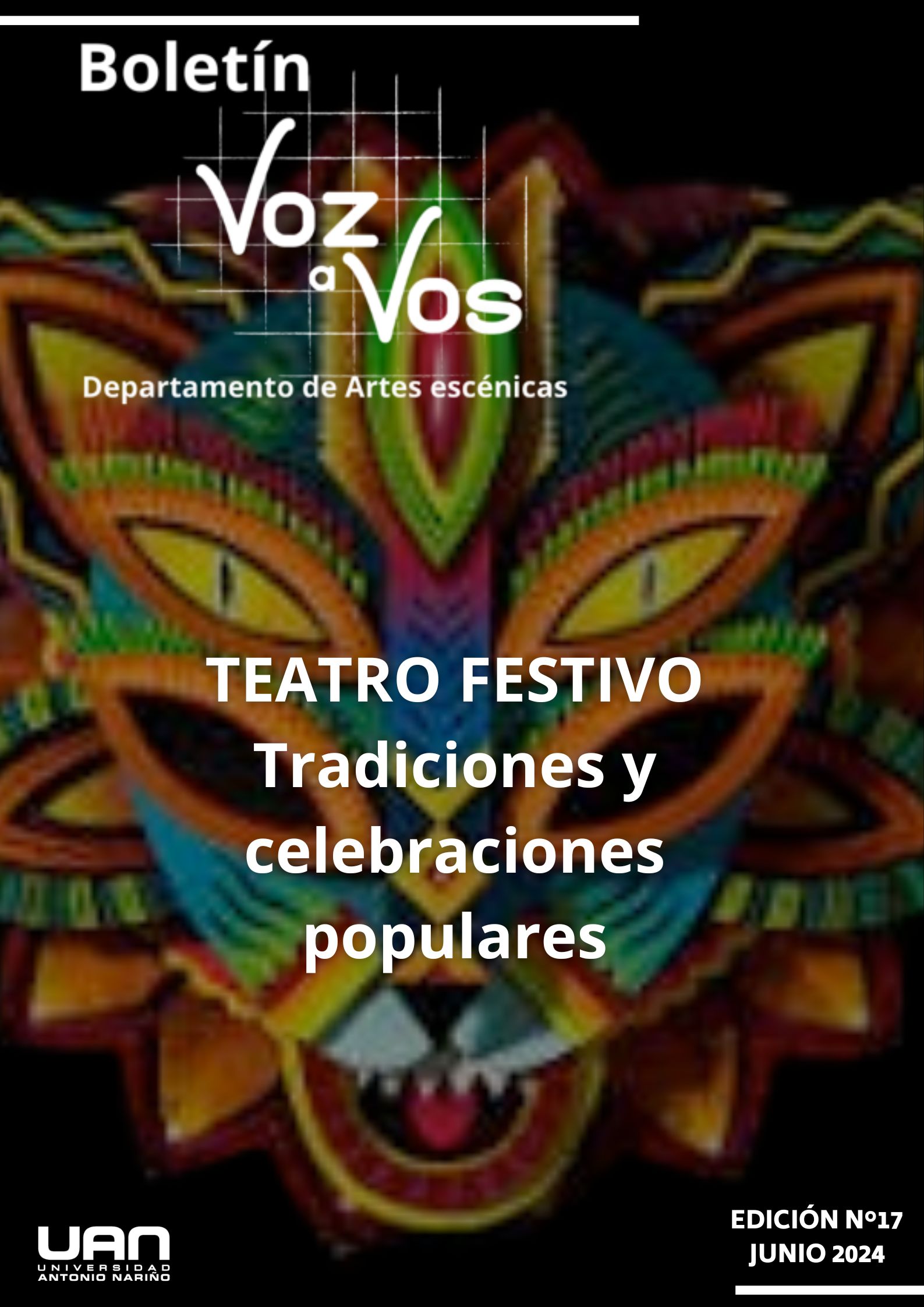Relationships between festive theater and the theory of Dramatic Genres of Luisa Josefina Hernández
Abstract
The festivities, the theater and the stage are
a source of immense scenic wealth in
Mexico. The so-called festivities
popular have been presented since the time of
the Colony and later in Mexico
Independent, producing complex
interactions between native cultures,
European cultures, cultures
Afro-descendants in addition to those
come from the cultural industry of the century
XIX and XX century, resulting in a
dynamic cultural mix that conforms to
the heritage of the so-called Popular Art.
The festive theater, the street scene, the
Mexican professional theater like
living and moving traditions
adapt, mix, and transmute into one
enriched scene. When the old
ritual is desacralized it tends to become
theater normally inclined to the genre of
the farce, whose mechanisms can be
interpret and explain through theory
of dramatic genres of the playwright,
Mexican teacher and theorist Luisa Josefina
Hernández, with her study of farce,
seeking to contribute to clarifying these
characteristics and operation
through type or simple characters, tone
holiday and replacement mechanism or
symbolic to produce catharsis
farsic.
Downloads
Downloads
Published
-
Abstract84
-
PDF (Español)65
How to Cite
Issue
Section
License

This work is licensed under a Creative Commons Attribution-NonCommercial-ShareAlike 4.0 International License.


 Portal de Ciencia Abierta
Portal de Ciencia Abierta